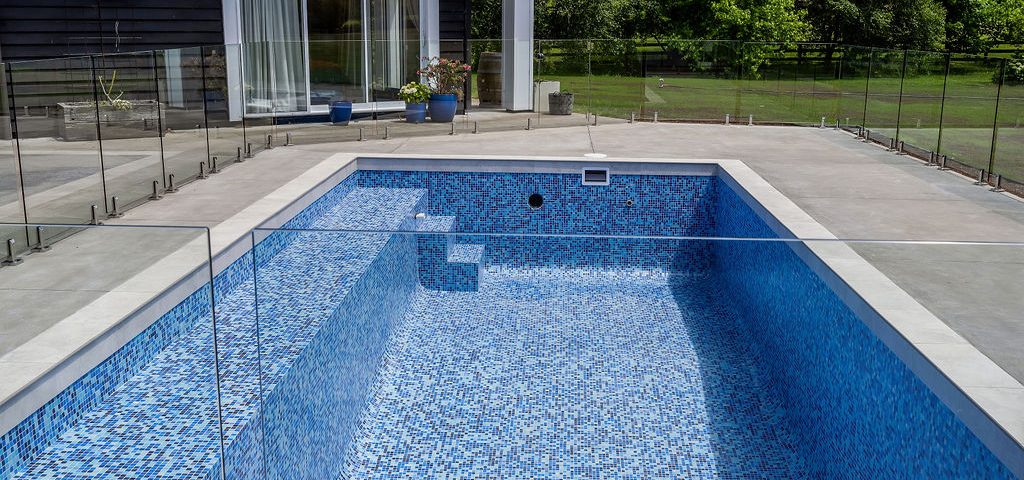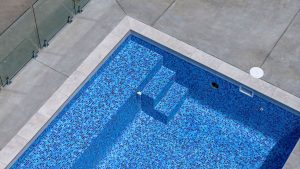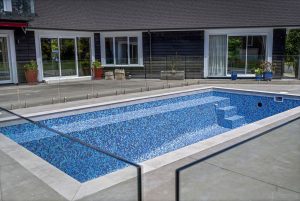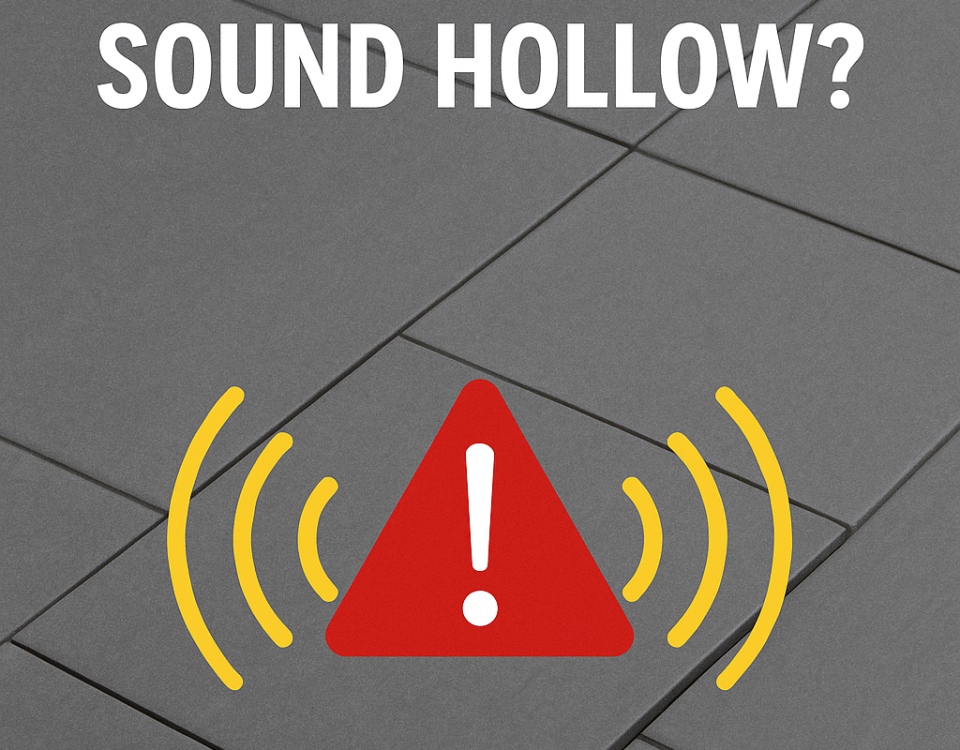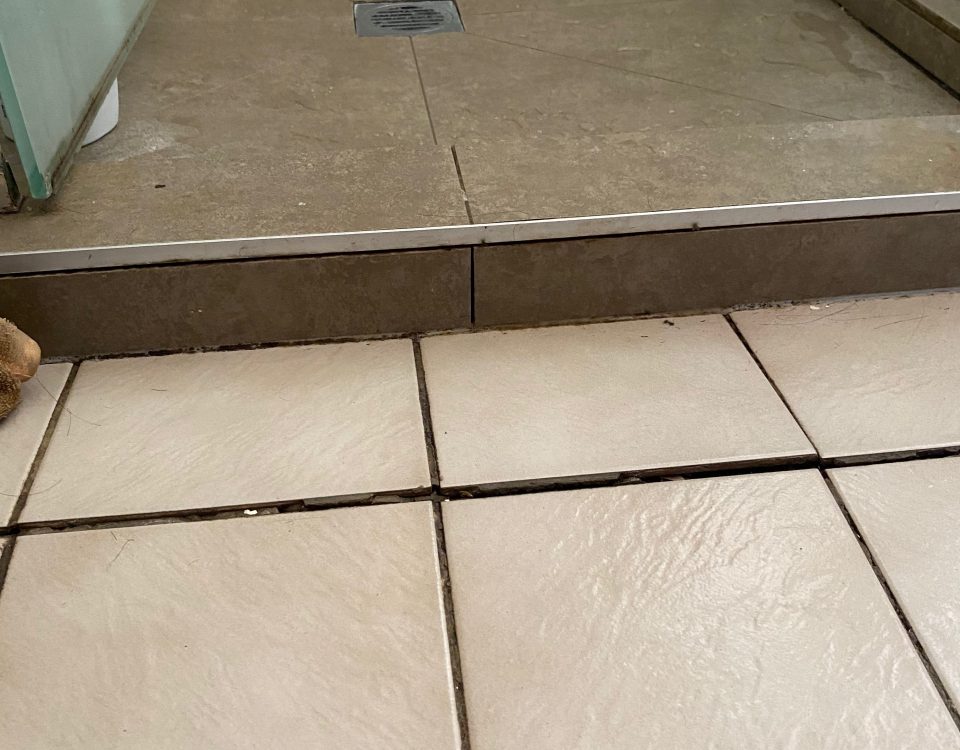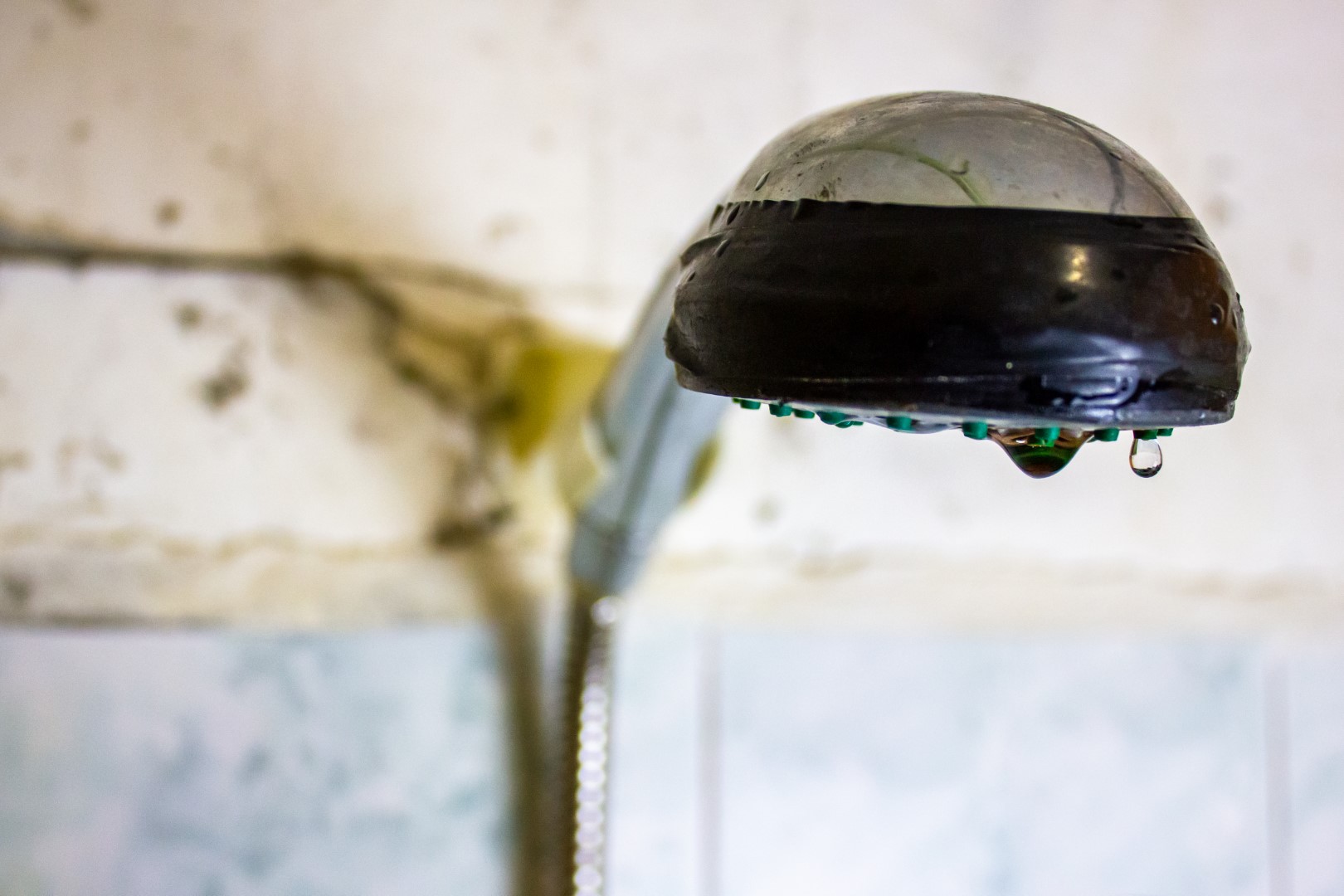
Why Is My Shower Leaking?
January 26, 2024
Do You Need Consent for Tiling Over Existing Tiles?
January 13, 2025
Tiling a swimming pool is no easy task, but the results are always worth the effort. Recently, our team at Ray Tiling in Auckland took on an incredible project: fully tiling a swimming pool with small mosaic tiles and installing the coping tiles around its edges. In this article, we’ll walk you through the process, explain why fully tiled pools are a superior choice compared to waterline tiles, and share a behind-the-scenes look at the craftsmanship involved in pool tile installation.
Pool Cooping
The coping tile finishes the top edge of the pool shell, adding both style and functionality. It’s the tile you step on when getting in or out of the pool and the one you often sit on at the edge, so it needs to handle plenty of use.
To make it safer and more comfortable, you can choose designs like rounded edges, beveled edges, or smooth finishes, which get rid of sharp corners and make it more pool-friendly.
Coping tiles do more than just add safety; they’re a key design element that enhances the overall look of your pool. They give the pool a clean, polished finish and help tie its design into the surrounding space, whether it’s a sleek, modern patio or a more natural, earthy setting.
When choosing coping tiles, it’s important to think about durability and slip resistance. Natural stones like granite, travertine, or sandstone are known for their strength and classic appeal, while man-made materials like porcelain or concrete pavers offer flexibility and a variety of design options.
Good installation is just as important as picking the right tiles. Coping tiles need to be securely fitted with a slight slope away from the pool to ensure proper water drainage and reduce the risk of slippery surfaces. With the right materials and proper installation, coping tiles not only make your pool safer but also elevate its style, creating an inviting space you’ll enjoy for years to come.
Waterline Tiles Versus Fully Tiled Pools
Waterline tiles are practical but not comparable to a fully tiled pool.
They act as a protective layer, making it easier to clean dirt and scum marks that collect at the waterline. Without them, debris like dust and grime sticks directly to the concrete surface, leaving behind stubborn marks that become harder to remove over time.
These marks can also encourage algae growth, creating an unsightly green band around the pool. Furthermore, the exposed concrete above the waterline is prone to discoloration and staining from prolonged exposure to the elements, which can make the pool look uneven over time.
While waterline tiles enhance maintenance and visual appeal, they don’t match the comprehensive benefits of a fully tiled pool. Fully tiled pools provide a seamless, durable surface that resists staining, maintains a consistent appearance, and is easier to clean, both above and below the waterline.
When choosing between waterline tiles and fully tiled interiors, the difference is significant. Fully tiled pools not only deliver stunning aesthetics but also offer several practical advantages.
Nothing compares to the polished, high-end look of a fully tiled pool. It transforms your outdoor space, adding a luxurious vibe that makes the entire area stand out beautifully.
Durability is another key factor. Mosaic tiles, commonly used in fully tiled pools, are exceptionally resilient. They withstand everyday wear and tear far better than painted or plastered surfaces, ensuring your pool retains its quality over time.
Hygiene is crucial for pool maintenance. A fully tiled surface is less prone to algae buildup and easier to clean, keeping your pool looking fresh and inviting with minimal effort.
Finally, longevity is a standout benefit. Fully tiled pools tend to outlast other finishes, offering exceptional value for your investment over the years.
Here’s a comparison to help highlight the key differences:
| Feature | Fully Tiled Pool | Painted Pool with Waterline Tiles |
| Appearance | Luxurious, high-end look | Basic, less polished appearance |
| Durability | Extremely durable, withstands wear and tear | Susceptible to fading, chipping, and cracking over time |
| Maintenance | Easier to clean, less algae growth | Requires more frequent maintenance to stay clean |
| Longevity | Long-lasting, minimal upkeep required | Shorter lifespan, may need repainting frequently |
| Initial Cost | Higher due to materials and labor | Lower upfront cost |
| Installation Time | Longer installation time due to detailed work | Faster to apply paint and install waterline tiles |
| Waterproofing | Provides excellent waterproofing with epoxy grout | Relies on paint for waterproofing, which can degrade over time |
| Customization Options | Wide variety of colors, patterns, and designs available | Limited design options; mostly reliant on paint colors |
| Resale Value | Adds significant value to property | Minimal impact on property value |
How We Brought This Pool to Life
Our team of expert swimming pool tilers worked meticulously to ensure this pool was both functional and beautiful. Here’s how we did it:
1. Getting the Pool Coping Tile Installation
The first step was tackling the pool coping tiles. Using a wetsaw, we cut the thick coping tiles to size and glued them down, ensuring there was a slight fall away from the pool. This critical detail prevents water from pooling on the surface, reducing the risk of slippery edges.
2. Lining Up the Mosaics
To ensure a flawless finish, we used string lines to plan the mosaic joint lines in the center of the pool. Proper planning is essential to align the tiles perfectly and avoid any irregular patterns.
3. Laying Over 120,000 Tiny Mosaic Pieces
This project involved over 120,000 individual mosaic tiles. While they come pre-mounted on mesh sheets, the process still required precision and patience. Each sheet was glued down meticulously to create a smooth, even surface.
4. Cleaning Up All Those 100,000 Joints
Pool tiles are glazed and extremely durable, making them resistant to scratches. After the tiles were installed, we used wire brushes to clean the glue from the 100,000+ joints, preparing them for grouting. This step is essential to achieve a clean and professional finish.
5. Locking It All In with Epoxy Grout
Grouting was done in small sections using epoxy grout, which is a two-component, high-performance, anti-acid epoxy mortar to create a non-porous, waterproof barrier. This composition makes epoxy grout particularly suited for swimming pools, where resistance to water and moisture is essential.
Unlike traditional grout, it is highly durable, maintaining its integrity without cracking or wearing over time. Additionally, epoxy grout resists stains, ensuring that the pool maintains a clean, pristine appearance. Its resilience also allows for the use of harsher cleaning products, making maintenance easier and more effective.
Learn more about our services here.
Need a Pool Tiler Near You? Contact Us Today
We are the highest rated tiling services in Auckland.
At Ray Tiling, we specialize in pool tile installation near you. Whether it’s replacing old tiles, installing fully tiled pool interiors, or handling waterline tile installation, we’ve got you covered. With our expertise and commitment to quality, we ensure your pool looks its best for years to come. If you’re ready to transform your swimming pool, contact Ray Tiling—your trusted pool tiler in Auckland. Let’s make your pool the centerpiece of your outdoor space.

